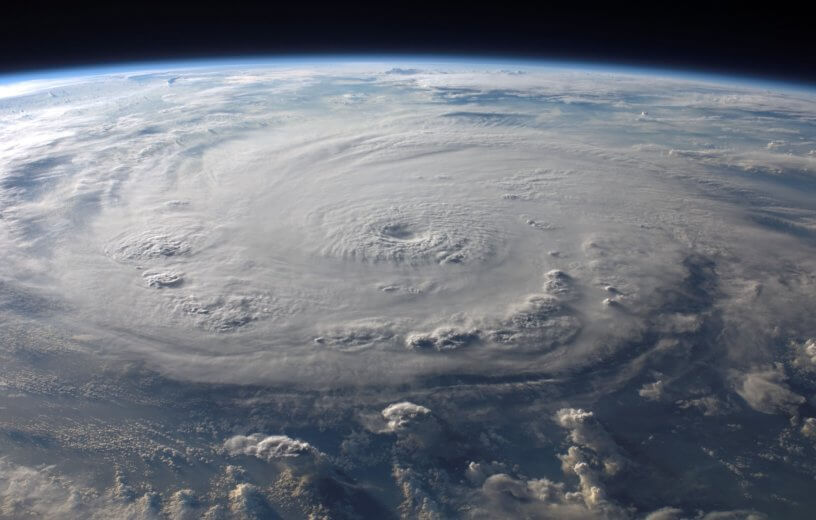MADISON, Wis. — Climate change is most often discussed in reference to rising global temperatures, but a new study finds yet another grim repercussion associated with global warming. Scientists say hurricanes are growing stronger and stronger over time, and not just in one place. This strengthening of hurricane winds is happening in nearly every area of the planet known to give rise to the fearsome storms.
Researchers from both the University of Madison-Wisconsin and the National Oceanic and Atmospheric Administration National Center for Environmental Information collaborated on this project. The research team analyzed hurricane satellite imagery data dating back nearly 40 years to come to these conclusions.
So, what’s to blame for this troubling trend? All signs point to rising temperatures.
“Through modeling and our understanding of atmospheric physics, the study agrees with what we would expect to see in a warming climate like ours,” says lead study author James Kossin, a NOAA scientist at UW–Madison, in a release.
Kossin had actually reached similar findings during an earlier research project conducted in 2013. But, he says that project was ultimately inconclusive. Thus, he decided to include more data on hurricanes over a longer period this time around. To ensure this new study would produce more concrete findings, global hurricane data between 1979 and 2017 was used. Via an assortment of complex analytical techniques (including infrared temperature measurements from satellites), researchers formulated a much more comprehensive dataset to examine.
“The main hurdle we have for finding trends is that the data are collected using the best technology at the time,” Kossin explains. “Every year the data are a bit different than last year, each new satellite has new tools and captures data in different ways, so in the end we have a patchwork quilt of all the satellite data that have been woven together.”
Previous research shows hurricanes are changing
Kossin’s earlier research projects also note other changes in hurricane behavior over time beyond just growing stronger. Those changes include the storms’ speed and where they travel.
For instance, in 2014 he discovered that many hurricanes migrate in a more north-south fashion. Subsequently, the storms make contact with coastal areas that would have gone unscathed in the past. Also, in 2018 he was able to show that hurricanes move at a slower pace across land due to Earth’s warming climate. Of course, more time spent hovering over land means more flooding and destruction as well.
“Our results show that these storms have become stronger on global and regional levels, which is consistent with expectations of how hurricanes respond to a warming world,” Kossin concludes. “It’s a good step forward and increases our confidence that global warming has made hurricanes stronger, but our results don’t tell us precisely how much of the trends are caused by human activities and how much may be just natural variability.”
The study is published in the Proceedings of the National Academy of Sciences.
This article was first published on August 12, 2020.

As of September 30, 2022, the NOAA page on “Global Warming and Hurricanes” contained this conclusion in section “B. Analysis of century-scale Atlantic tropical storm and hurricane frequency” (written in bold font): “We conclude that the historical Atlantic hurricane data at this stage do not provide compelling evidence for a substantial greenhouse warming-induced century-scale increase in: frequency of tropical storms, hurricanes, or major hurricanes, or in the proportion of hurricanes that become major hurricanes.”
Has James Kosin, NOAA scientist, retracted his findings?
One wonders why Study Finds is just now republishing a study from two years ago when we have had one of the lowest years for Atlantic cyclone activity “on record.” And even two years ago, here is the operative statement:
“…but our results don’t tell us precisely how much of the trends are caused by human activities and how much may be just natural variability.”
Even with the shortened window of 40 years, current Accumulated Hurricane Energy (ACE) is at one of the lowest levels in years.
I suggest Study Finds try to promote some recent science such as Dr. Ryan N. Maue’s Global Tropical Cyclone Activity site which presents current ACE data, data that corroborate the NOAA statement presented by David Harris’ comment. And anyone familiar with the tracking of ACE knows that Dr. Maue is THE expert in this field.
https://climatlas.com/tropical/